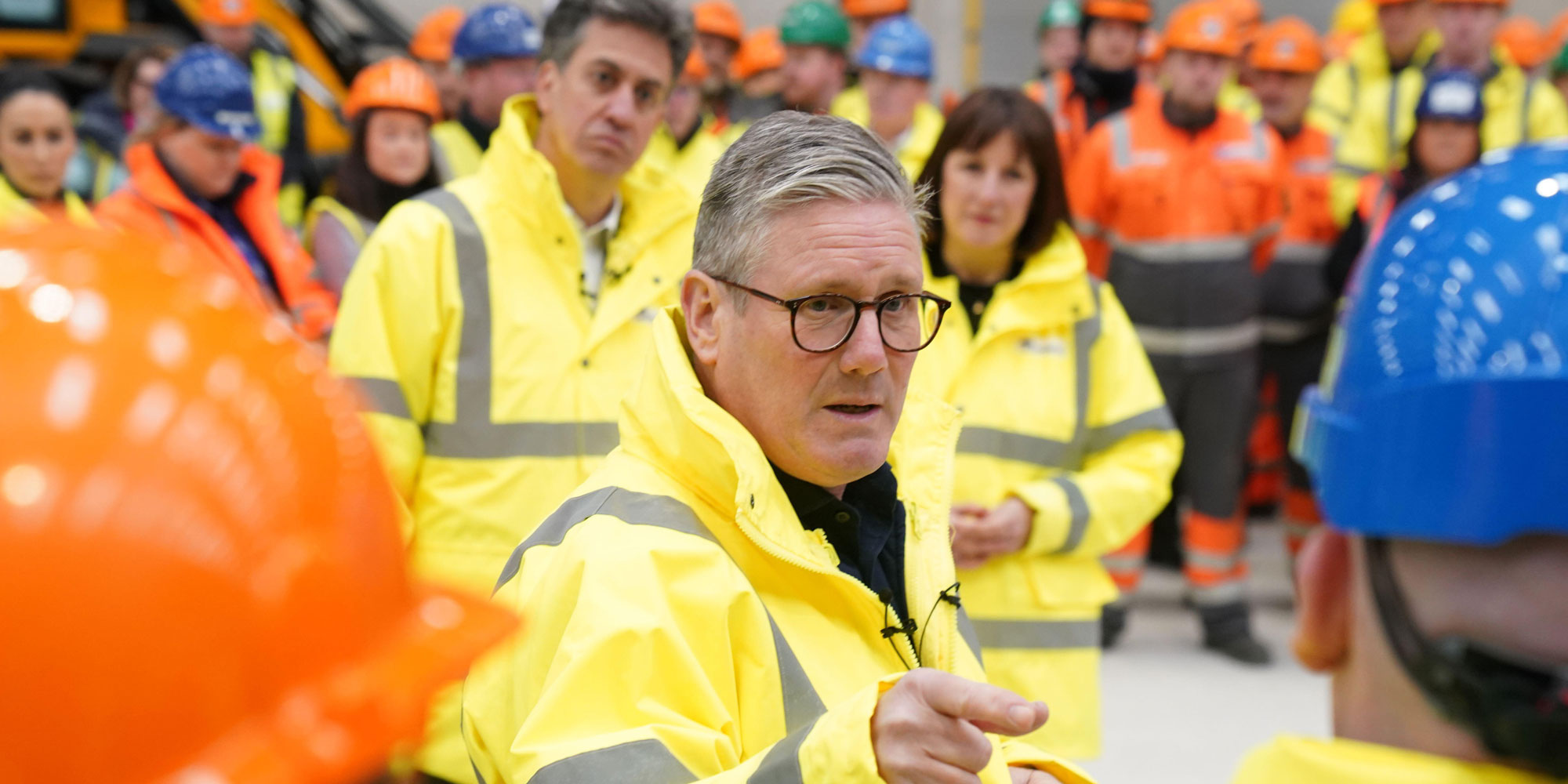
GB Energy – Powering the future
Unpacking what GB Energy means for industry and consumers
As the dust settles on the Government’s Great British Energy (GBE) announcement last week, industry and consumers alike are left wondering what the new entity really means for them. While Government is clear it wants to make a fast start on delivering its clean energy mission, clarity on how this will be fulfilled remains unclear.
1. Complementing, not duplicating, the private sector’s role
Offshore wind continues to be a focus of the government’s communications around GBE, especially following the news of the Crown Estate partnership. This has created concern that GBE might result in the displacement of private capital already poised for investment in mature technologies like offshore wind, vital to the Government’s 2030 clean power target.
The announcement also touched on less mature technologies like carbon capture and storage (CCS), hydrogen, wave, and tidal energy. With a limited budget of £8.3 billion over the Parliament, there is broad consensus from industry that GBE could play a more effective role in de-risking investments in these emerging technologies, rather than competing with private investors. By acting as a state-backed co-investor, GBE could provide the necessary reassurance to unlock private sector funding for these “riskier” ventures.
Even for mature technologies, existing mechanisms like the Contracts for Difference (CfD) scheme have faced challenges. Despite the last Government’s ambition to reach 50 GW of offshore wind capacity by 2030, the 2023 auction failed to secure any offshore wind projects due to misalignment between bid prices and actual project costs. While underfunded auctions are designed to maintain competitive tension among developers, relying solely on CfDs might limit the potential scale of investment that is possible. GBE could play a valuable complementary role here
2. Cutting consumer bills
It was striking, albeit not surprising, the extent to which the questions Keir Stamer faced after his speech in Runcorn on Thursday, and that Ed Miliband faced during media rounds that morning, were focused on the impact of GBE on consumer bills. The pair faced scrutiny as to whether they could ‘guarantee’ a £300 reduction in bills and quite how quickly this would be felt. This follows a trend throughout the election campaign, where there was clear confusion from members of the public about just exactly what GBE would be – with many people expecting the new entity to be a retail energy supplier they could switch to and immediately start saving money. Polling by Common Wealth found that 53% of Labour voters expect energy bills to fall during this Parliament as a reuslt of GBE.
Despite recommitting to this figure again and again, there remain questions over how this will be delivered. Moving to a renewables dominated grid will in theory enable lower prices, but wider market reform will be necessary to deliver this – for instance decoupling electricity from gas prices and rebalancing ‘green’ consumer levies between electricity and gas bills.
Fundamentally, the prevailing view from industry is that the creation of GBE alone won’t deliver the level of savings that consumers want to see, and wider reform is needed to bring down energy bills and meet this ambition. But whilst the REMA process remains ongoing, the industry has been clear that revolutionary market change will be challenging at a time where there is significant pressure to reach ambitious power decarbonisation targets.
3. Skills and supply chain vital to the 2030 target
The new government has set out its ambition to reach a decarbonised power system by 2030. But having enough clean power, both through a varied renewables fleet and abated gas power plants, will require the UK having in place robust supply chain networks and a skilled workforce that gets us there quickly.
The new government clearly wants to make a fast start on the clean energy transition, bringing forward new renewable infrastructure at scale and pace. However, developers are already struggling with the current scale of delivery, facing challenges accessing the supply chains and talent that they need. In recent years, job vacancies in green industries have been around 17 times higher than those in high carbon jobs.
As well as investing in the development of new renewable projects, GB Energy alongside other initiatives like the National Wealth Fund and Skills England (announced at the King’s Speech) must prioritise the development of vital supply chains – both domestically and abroad – as well as investment in the skills and workforce needs of our low carbon future. Unions and trade bodies will be looking for reassurance that government will help ensure that training and support is provided to deliver the jobs to energise GB Energy.
Conclusion
The establishment of GBE presents both opportunities and challenges for the UK’s energy sector and consumers. While the government’s ambition to accelerate the transition to clean energy is clear, the specifics of GBE’s role remain uncertain. The focus on complementing private sector investment, particularly in emerging technologies like carbon capture and hydrogen, could help de-risk these ventures and encourage further private funding. However, the initiative alone is unlikely to deliver significant consumer bill reductions without broader market reforms. Additionally, achieving the 2030 decarbonisation target will require a substantial investment in supply chains and skilled workforce development. The success of GBE will depend on effective collaboration between government, industry, and other stakeholders to address these critical issues.